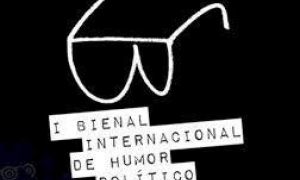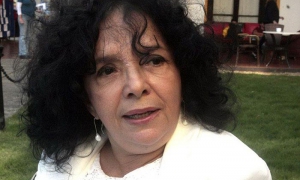
“Como la cigarra” (Like the cicada) the popular song by Argentinean Maria Elena Walsh, has become a symbol of resistance in the history of her country and on the continent, since she left in 1973 to win new audiences. At the time, it was an encouraging call to confront the military dictatorship. Now, heard in the southern nation and shared endlessly on social media, it embodies the certainty that when the pandemic is over, we will emerge as better human beings.
On March 26, ten minutes before 9:00pm, 35 Argentine artists agreed to perform the song and post their version on social media and three television stations in the country. Over the weeks since then, tens of thousands of Internet users around the world have enjoyed the collective creation. It was broadcast on Cuba’s Radio Havana, during the Cuba Libre program, directed by historian and promoter Ernesto Limia, with Israel Rojas of the duo Buena Fe on hand.
The list of those participating was eloquent: León Gieco, Teresa Parodi, Soledad Pastorutti, Pedro Aznar, Ligia Piro, Abel Pintos, Víctor Heredia, Lula Bertoldi, Wos, Juan Carlos Baglietto, Sandra Mihanovich, Nahuel Pennisi, Nacha Guevara, Marcela Morelo, Alejandro Lerner, Mica Vita, Luciano Pereyra, Kevin Johansen, Elena Roger, Liliana Herrero, Jairo, Hilda Lizarazu, Lisandro Aristimuño, Palo Pandolfo, Julia Zenko, Georgina Hassan, Gabo Ferro, Coti Sorokin, Mavi Díaz, Emiliano Brancciari, Gustavo Santaolalla, Liliana Vitale, Patricia Sosa, Franco Luciani and Javier Malosetti, all under the musical production of Lito Vitale and in response to a call by the solidarity network coordinated by Juan Carr.
The song’s own story is worth recalling. In 1973, Walsh was already enjoying prestige as a writer, composer, playwright and singer. In a very special way she had made herself known to children, with songs and poems until, in 1968, with her show “Juguemos en el mundo,” she impressed adults once and for all. During this period, through 1978, he recorded six LPs, one of them entitled “Como la cigarra,” in 1973, which included the song of the same name. Walsh lived days of effervescence, followed by uncertainty, with the return of Perón, the paramilitary intervention and finally the coup that installed the nefarious National Reorganization Process – read: state terrorism.
When it was first composed, the song had nothing to do with the political storm in the making. Walsh's biographer, Sergio Pujol, explains: "I had composed it inspired by actors who miss the train, cannot get work and suffer a kind of early retirement. It was a song of hope for them. But later, as in so many other cases, good songs take on other meanings in particular circumstances and are enhanced almost infinitely."
This is what happened when the military stepped up repression. In 1978, Mercedes Sosa recorded her first version of the song in the Polygram studios with Oscar Cardozo Ocampo's band, to include it in her album “Serenata para la tierra de uno.” The song was censored, but she managed to include it in the Mexican version of the album.
From that moment on, the verses took off, as her colleague Gabriel Plaza explains: "Mercedes put it on the program for her return concert in Argentina, in 1982. This was a key moment in the singer’s history and for the song composed by María Elena Walsh, almost a decade earlier. “Como la cigarra” became a generational hymn in Mercedes' voice. The song seems to have been written for her, a singer who suffered exile and censure in the flesh. At the same time, her voice and the initial verses of the song seem to be an elegy to the country itself: So many times I was killed / so many times I died / yet here I am resurrecting.”
In these times, the final verses serve us well, “and at the hour of the shipwreck and of the darkness / someone will rescue you / to go on singing."






